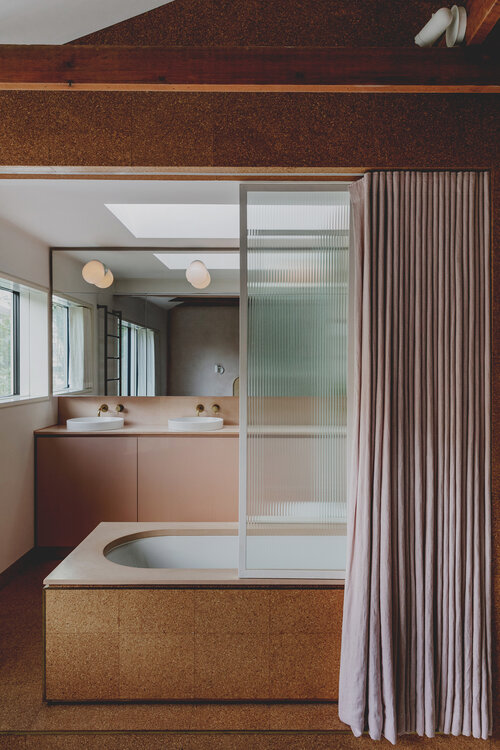
Every decade has a distinct interior decorating style that reflects the cultural context of the time. When buying a house, you may be confronted with the orange shag carpets and wood panelling of the 70s, or perhaps an excessively laminated 90s kitchen. There are few things in interior design history more distinctive than the pastel mint and pink baths and hand basins of the 50s and early 60s. For some, these are features that delight and become focal points in a renovated bathroom. For others they bring back memories of achingly dull visits with distant great aunts.
If you’re planning to renovate your bathroom, be it 50s pink or early 00s ‘marble’ topped vanities, be prepared for mess, hard work and a lingering smell of fresh paint.
To avoid heartache, and your money going down the drain, below are some of the top do’s and don’ts of bathroom renovations.
The Do’s of Bathroom Renovations
Engage a Plumber
It is advisable to consult with a professional plumbing service before, or during, the planning stage. A plumber will assess inlet and outlet pipes, drainage areas and the sewerage setup, which will assist you in drawing up a plan of the bathroom plumbing system. If you are wanting to relocate the hand basin, toilet, shower or bath, a plumber can also advise you on the feasibility of different options. A plumber will also be essential later in the project.
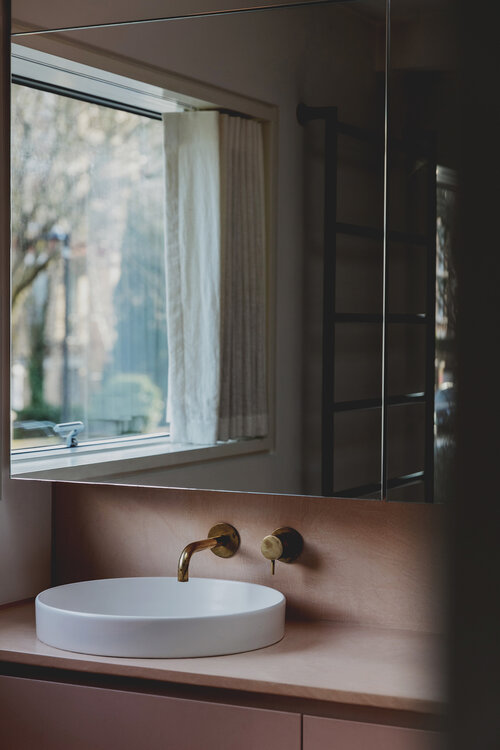
Use The Right Paint
Using an epoxy-, resin- or latex-based paint that is specifically designed to withstand the humidity and water of a bathroom is vital to maintaining structural integrity. Ordinary paints are likely to peel, chip and, most devastatingly, moisture is able to sit behind the paint and soak into the wall material.
It does not take long for mould to settle in and for deterioration to begin. Applying wet-area paint helps protect your walls and ceilings but adequate ventilation is also required to keep the room free from harmful, unsightly, mould and damp.
Install an Exhaust Fan
Another way to inhibit the growth of mould is to install an exhaust fan. Without a vent, humid air is trapped in the room leading to condensation and lingering moisture. This increases the chances of mould developing in joints, seams and cracks, including in the grouting and sealed areas.
You’ll also want to make sure that you install an exhaust fan that’s adequately powered and sized for your bathroom. Having a weak exhaust fan isn’t all that different to having no exhaust fan at all when it comes to mitigating moisture retention in your home’s bathroom spaces. If you’re uncertain what size you’ll need from your exhaust fan, we strongly recommend enlisting the support of a qualified electrician, as these specialists will be able to better advise on what kind of exhaust fan you’ll need, alongside being able to install or replace your fan with expert precision.

Be Water Wise
Did you know that on average showers and toilets use over 500 litres of water per week? And that’s just for one person! With older or less water efficient shower and toilet fittings, the total water usage per week actually gets closer to 1000 litres. That’s a lot of unnecessary water consumption, which means your household could be paying hundreds of dollars more on your quarterly water bills.
Thankfully, with water ratings now being clearly visible on all bathroom fixtures, it’s easier than ever to make sure your renovated bathroom is optimised when it comes to water consumption. Installing a dual flush toilet and a shower head with a three star or higher rating can almost halve your water use, saving you money and conserving water.
The Victorian government offers rebates when trading less efficient fixtures for water-saving replacements, so be sure to check what rebates you may be eligible to receive when renovating your bathroom.
The don’ts of bathroom renovations
Skimp on Sealants and Grout
You have most probably seen showers with unpleasant mould growing in the gaps between tiles and surfaces. Mould is pervasive and able to sneak into tiny damp spaces. Inadequately grouting or sealing joints and seams leaves them vulnerable to mould and damage caused by moisture pooling.
If doing the sealing or grouting yourself, be sure to apply it when the surface is completely clean and dry. Have a flexible scraper on hand, as well as cleaning cloths and the required cleaning agent stated on the packaging.
Grouts and sealants designed for use in bathrooms are highly recommended as they are generally more resistant to mould and stains. When applying, be careful to avoid creating air pockets as they are prone to moisture penetration.
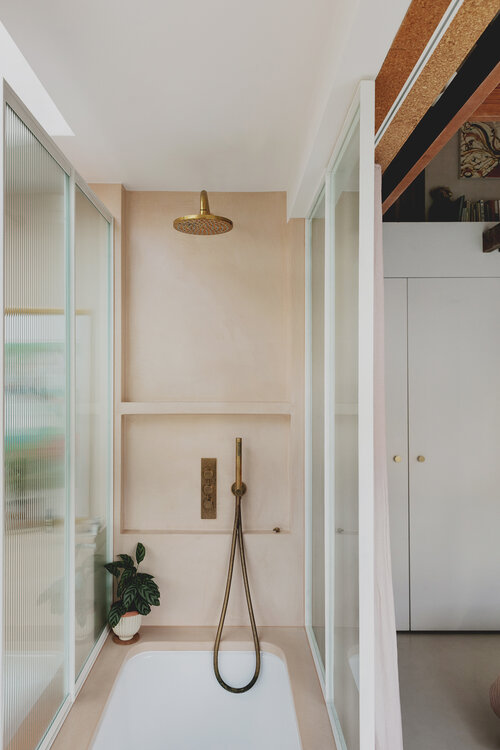
Prioritise Aesthetic Over Functionality
When renovating your bathroom, design the space based on your needs, not just on what looks good. Create a space that is easy and safe to use, and one that conserves energy where possible.
Children and adults aged over 65 are particularly susceptible to bathroom mishaps, with slips accounting for the majority of injuries. There are a few ways to reduce slip hazards, including laying ‘slip-resistant’ tiles or painting them with a grippier sealant, installing handrails, particularly in the shower and bath, and having a walk in shower without a lip or step. Some of these strategies might not look as sleek, but they increase bathroom safety.
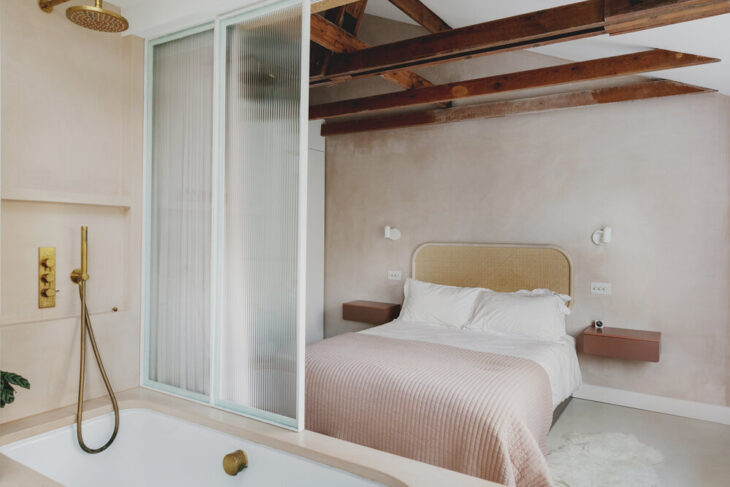
Ignore Regulations
Before starting out on your reno project, check council regulations in case you need planning or building permission. Works that involve structural changes, modifications to sewerage systems or adjustments to heritage-listed properties may need permits. Licensed electricians and plumbers are legally required to undertake and sign off on bathroom works. Using licensed practitioners will also ensure your new and improved bathroom is safe and works as it should.
Finally, whether you’re doing the renovation work yourself or getting contractors in, renovating your bathroom or really any wet spaces in your home is guaranteed to be a little messy and frustrating at the worst of times. But seeing your own design come to fruition makes it all worth it.
By heeding these do’s and don’ts, however, you can ensure that your bathroom renovation goes off without a hitch and hopefully even both within your outlined budget and timeframe.
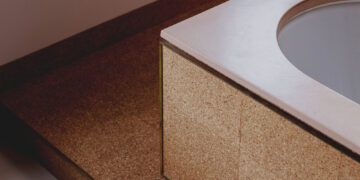














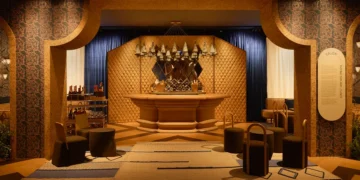




everytime you think a bathroom renovation is to go easy ! but it never does! Been there 3 times and hated myself for going into it! It never goes easy it never goes quick unless you have a backup bathroom in your own home you are in for trouble! Every renovation lasts a minimum of month no matter how hard you plan it believe me!
god help you if you have to renovate a bathroom…
I’m gathering the better time to renovate a bathroom would be in the warmer months ie to help with the bathroom being very dry thru the process.